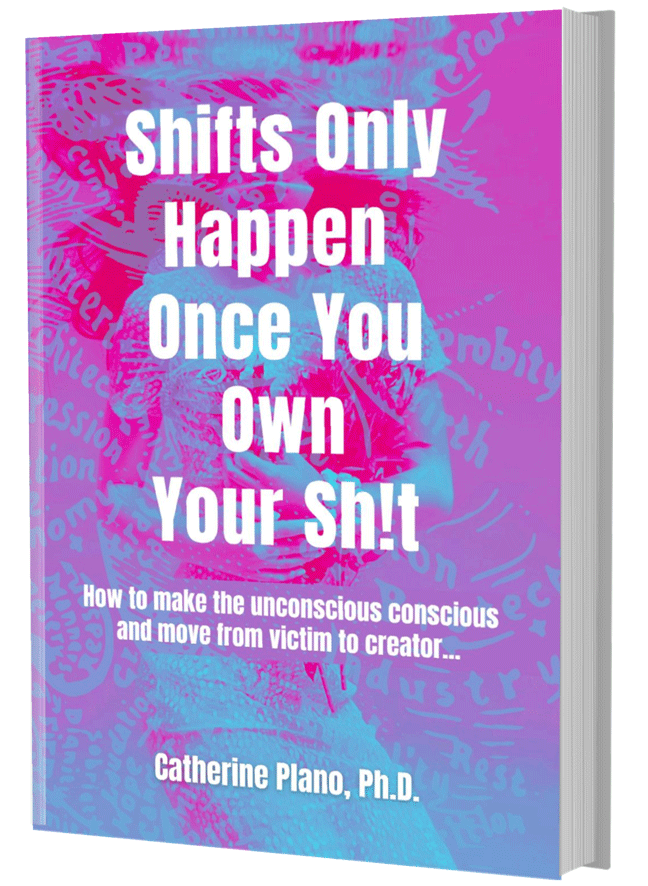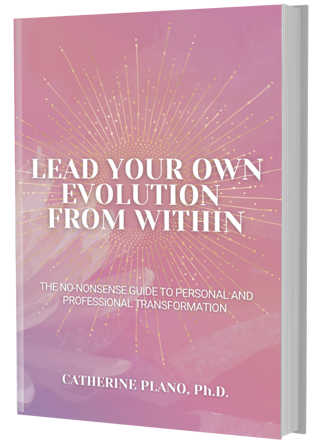I know what you’re thinking… you should be YOU. You should be yourself no matter what!
However, neuroscience points us in another direction.
Before we jump to conclusions, let’s unpack our brain a little.
Over the past million years, our brain has evolved to maximise our chances of surviving. The best way it has found to do that is to wire itself to be concerned with ‘safety’. In other words, our brain is programmed to be very good at monitoring, detecting and reacting to challenges to our ‘safety’.
Our brain hasn’t developed to match how quickly our world has evolved. Think about how our daily lives have changed over the past thousand years. We don’t have to hunt for our food, nor do we have to skin animals for heat.
Technology and society have evolved to a point where worries of daily survival are pretty much a distant memory. But there is a problem with that… our brains haven’t evolved to keep up with the fast-paced, ever-growing society we live in.
We are left with a society and a way of life that are at odds with the way that our brain is wired.
The most potent muse of all is your inner child
The unconscious mind resides in the oldest part of our brain – the lizard brain or reptilian brain. It’s on the lookout 24 hours a day, 7 days a week, to keep us ‘safe’.
The lizard brain is the part that responds to pain and pleasure. It makes this distinction very simply: pain is to be avoided (identify undesirable behaviour) and pleasure is to be pursued (identify desired behaviour).
It is essential to understand this when we want to change bad habits and old patterns or behaviours, because this is the part of the brain that responds when we begin to work on creating new habits.
Furthermore, because the lizard part of our brain includes our unconscious mind (which is like a 5-7-year-old child and is sometimes referred to as the ‘inner child’), it responds to the simple language of pictures and symbols rather than complex words and phrases.
Consequently, it is the reason why the brain is attracted to vision boards, and it is also why vision boards work really well when we are creating our goals.
Taming your monkey mind is a full-time job
The second layer of our brain is called the monkey brain or the limbic part of our brain. There’s quite a lot that goes on in this area. The monkey part of our brain governs relationships, attachment and the nervous response that triggers our emotions.
Our monkey brain responds to reward. It seeks approval and avoids punishment and judgment. If you are a people pleaser or a recovering people pleaser like me, this is where our monkey brain needs to be put to sleep because this is also where repressed memories and unresolved negative emotions reside.
The emotions that we experience today are brought forward from our past experiences into our now, our present state, which then has us repeating old patterns over and over again.
If we don’t take the time to acknowledge and change them, we will continue to run these old programs or limiting beliefs and the monkey brain will continue to find evidence to support whatever it is we want to focus on, whether it is something wanted or unwanted.
However, if we were able to stop – pause and take a breath – and actually label our emotions rather than drown in them, we would be able to create the new patterns needed to enrich our lives.
Expand your leadership brain through imagination
That brings us to what I like to call the ‘leadership’ part of our brain – the pre-frontal cortex.
The leadership part of our brain allows us to regulate our emotions when we are angry or be able to focus on a given task, although we would like to be doing something else. It’s where we can tap into our will power, strategize and analyse, observe and think differently and, therefore, become amazing at problem-solving.
This part of our brain responds to self-improvement, self-direction and transcendent purpose. It thrives on going beyond the limits – surpassing or exceeding ordinary experiences. Now that’s an exciting place to be!
The pre-frontal cortex has the ability to brake on those lower brain unconscious behaviours and bring us into the higher conscious region.
And that’s where we can create significant changes.
Here and now: the new YOU
So, when we think of managing our outdated brain, a big part of the strategy will be to maximise the strength of the ‘leadership’ part of our brain. By doing so, it acts as a ‘brake’ from our older brain taking control of our evolutionary obsessing with ‘danger’ and resulting in negativity biases.
When we switch this part of our brain, we can begin to fire new neurons and new patterns. If only we invested a little bit more time in the creative pre-frontal cortex, we could change our mind, change our brain and change our reality.
However, when we are stressed, the monkey brain becomes overactive – it won’t allow us to plan, reason or solve our problems because it will hijack our pre-frontal cortex. And that allows the lizard part of our brain to get bigger and louder, repeating unwanted patterns.
It is yet another reason why it is so important to take time each day to connect the head and the heart – through silence, meditation, mindfulness, whatever enables us to ‘let go of the daily strains’ to ensure healthy brain function.
This is why you have to stop being you and create a ‘new you’ so you don’t bring your past into the present, repeating unwanted experiences like bad relationships, behaviours and habits that no longer serve you.
You got this.





